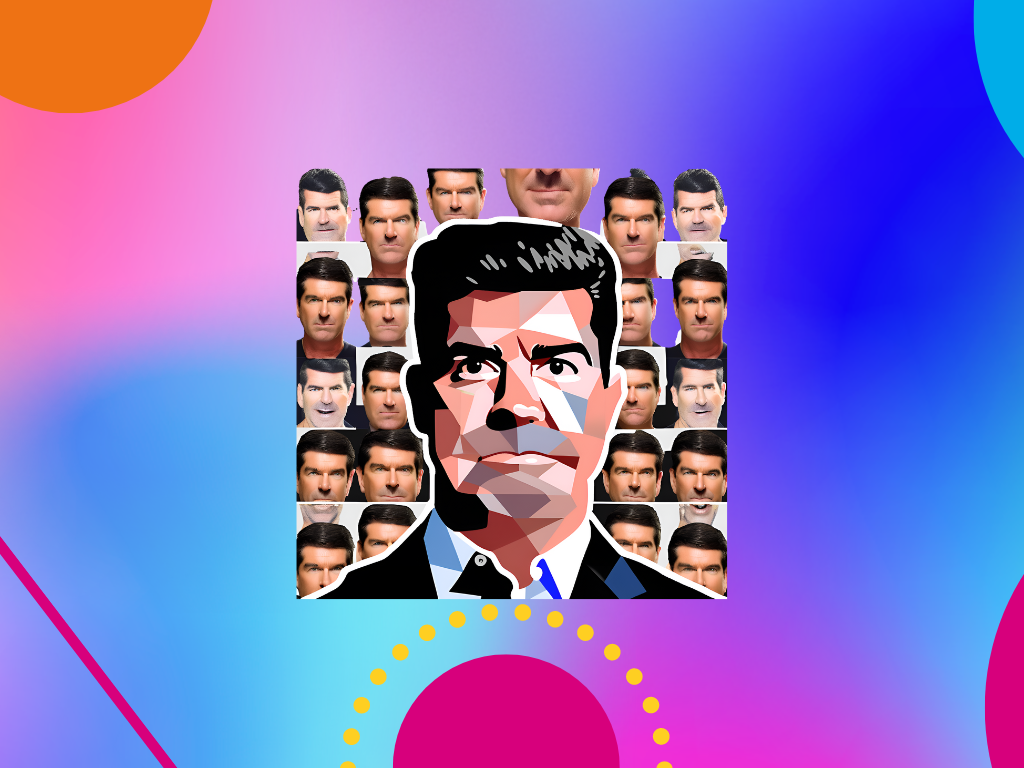Fake Videos and Audio Are Getting Really Realistic!
Have you ever seen a crazy video of a celebrity saying something wild, but then found out later it was totally made up? Or maybe you got an email that seemed to be from your manager, but something about it felt weird? Welcome to the world of deepfakes!
Deepfakes are fake videos, audio recordings, or even writing that use artificial intelligence (AI) to make them look and sound real. But they’re not – they’ve been edited and changed using technology.
While deepfakes can sometimes be used for fun and creativity, they can also be really dangerous. Criminals have already used them to trick others during elections and to scam people out of money.
In 2024, there was a fake phone call pretending to be a politician running for office. The scammers used AI to copy their voice perfectly to make people think the candidate said things they never actually said!
Deepfakes can spread lies, ruin people’s reputations, and even mess with businesses and the stock market. They’re also used in phishing scams to get people’s personal information. That’s why it’s so important to know how to spot different kinds of deepfakes.
A Creepy Deepfake Show on Britain’s Got Talent
In 2024, a company called Rask AI went on the TV show Britain’s Got Talent. They showed how good their deepfake technology had gotten by making live fake videos of the judges!
The judges were Simon Cowell, Amanda Holden, Alesha Dixon, and Bruno Tonioli. Rask AI’s deepfakes made it look like the judges were talking and moving, but it was all fake!
It looked so real that Simon Cowell said it was.
“brilliant, amazing, and terrifying.”
Simon Cowell
Rask AI made it all the way to the semi-finals of the show with their deepfake act. It showed just how far this technology has come and how easily it could be used to trick people.
How to Spot Different Kinds of Deepfakes
There are a few main types of deepfakes out there. Here’s how to try and spot them:
Face-Swapping Deepfakes
These are where someone’s face is edited onto someone else’s body in a video. They can look really convincing if done well.
To spot them:
- Look for weird lighting, skin tones, or facial expressions that don’t match up
- Check if hair or clothing looks a bit glitchy or doesn’t move right
- See if the video is from a random website or social media account you don’t know
- Listen to the voice – does it sound just like the real person?
Fake Audio
These use AI to copy someone’s voice perfectly to make fake audio messages.
To spot them:
- The audio might sound a bit robotic or unusual compared to real recordings
- There could be weird pauses, messed up words, or strange emphasis
- Think about if what’s being said matches what you’d expect from that person
- See if there’s any solid proof backing up what’s claimed in the audio
Fake Writing
This is a newer kind of deepfake that uses AI to write things like social media posts, articles or emails in someone’s unique writing style.
To spot them:
- Read carefully – does the writing sound just like how that person or website normally writes?
- Look for odd phrasing, grammar mistakes, or inconsistent tone
- Double check any facts against trusted sources
- Be cautious if it’s trying to make you feel strong emotions like anger or fear
Edited Objects in Videos
These deepfakes can change how objects look and move in real videos using AI.
To spot them:
- Watch how things are moving – does it look natural and follow the laws of physics?
- Check for weird movement, objects suddenly changing size, or lighting looking off
- Try to find the original video to compare it to the edited version
The most important thing is to think critically about what you’re seeing or reading online. Get familiar with deepfake red flags. Always verify information from reliable sources. That way, you can avoid getting tricked!
And be careful – sometimes just clicking on a deepfake video or audio file can give your device a virus. Getting your devices checked for security issues is a smart idea to stay safe from scams.
In a world with such realistic fake media, you have to stay on your toes.
Learn how to spot deepfakes so you don’t get fooled!
